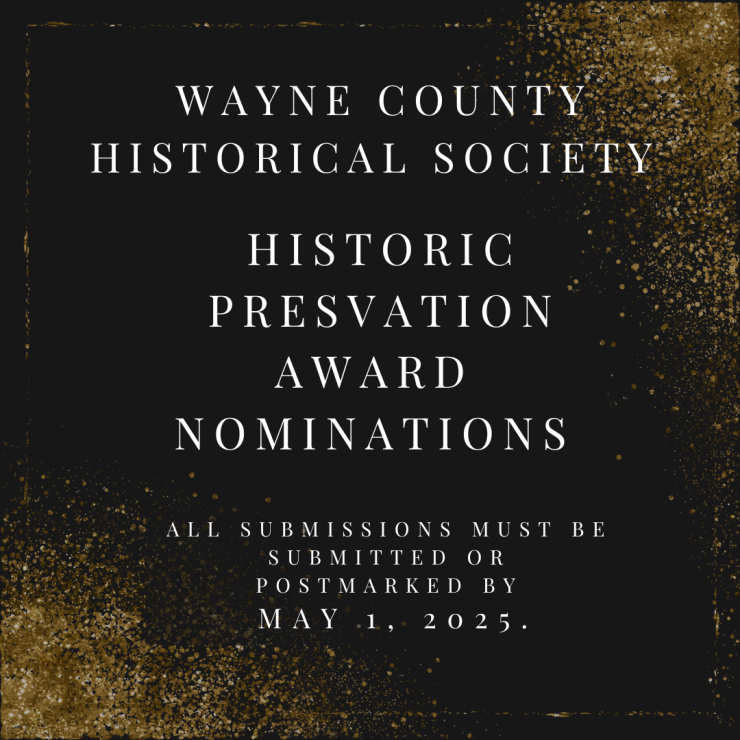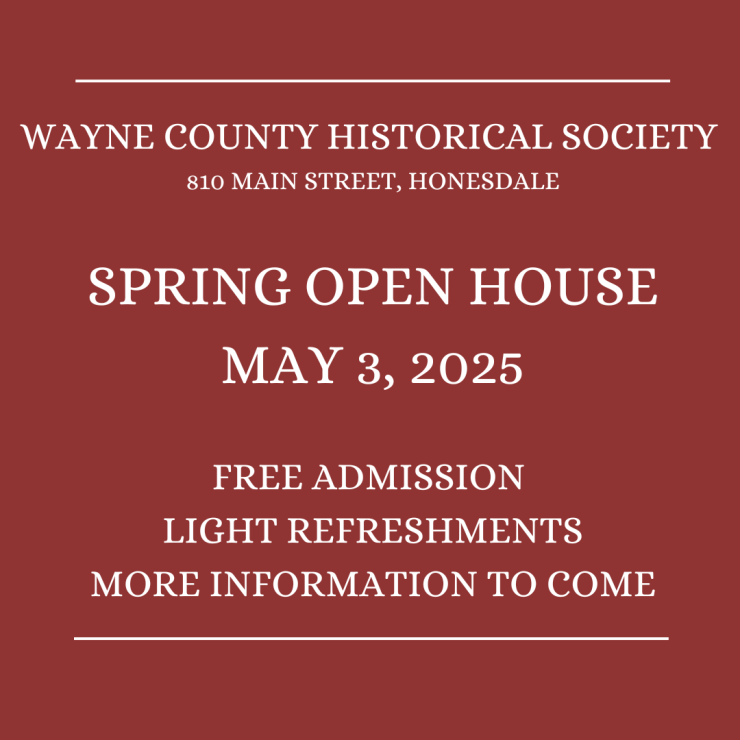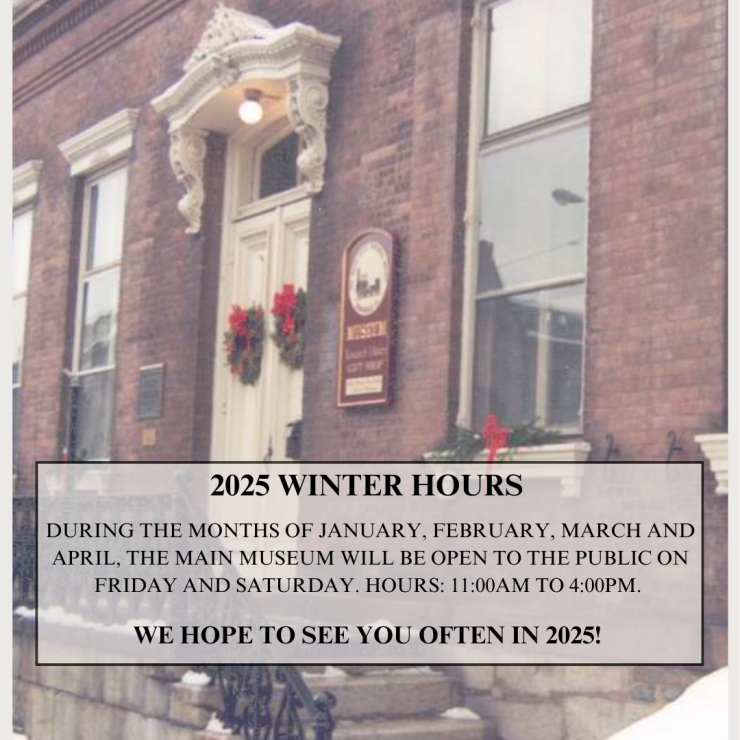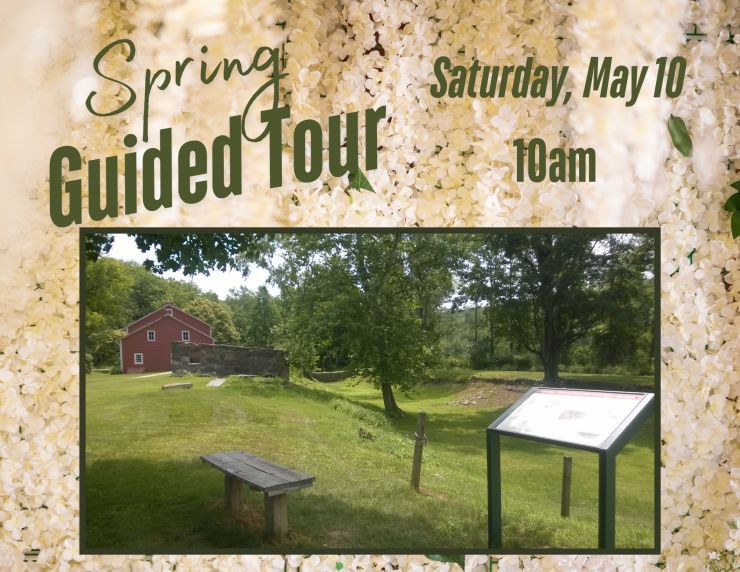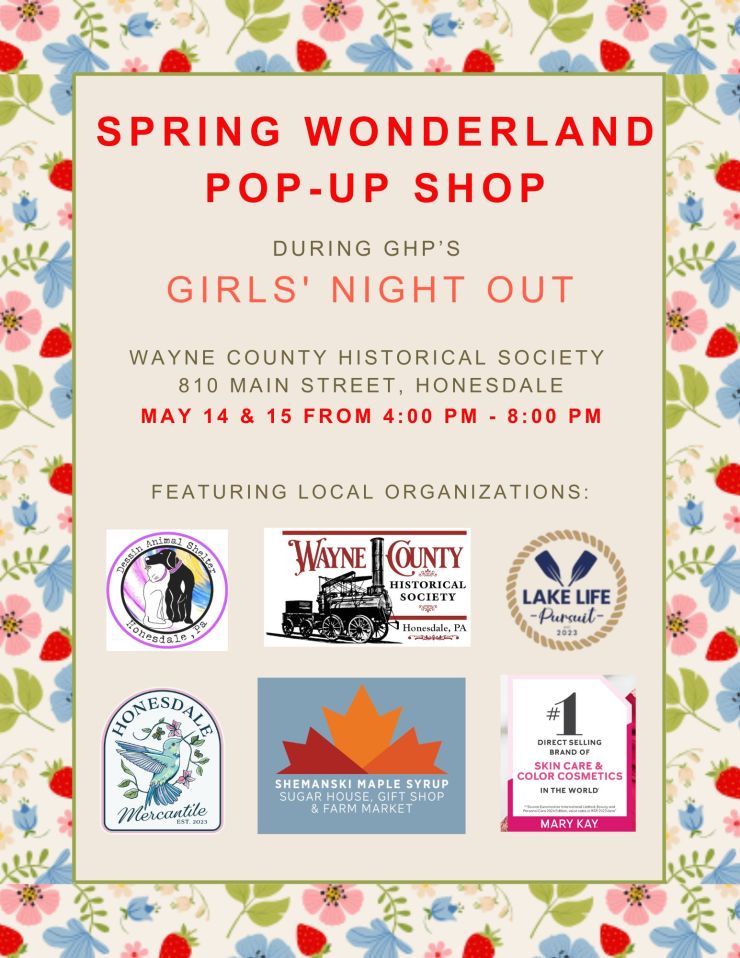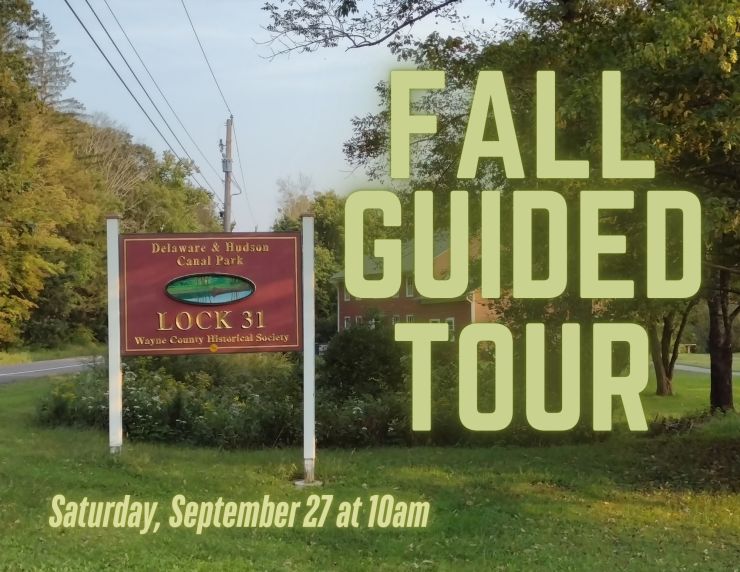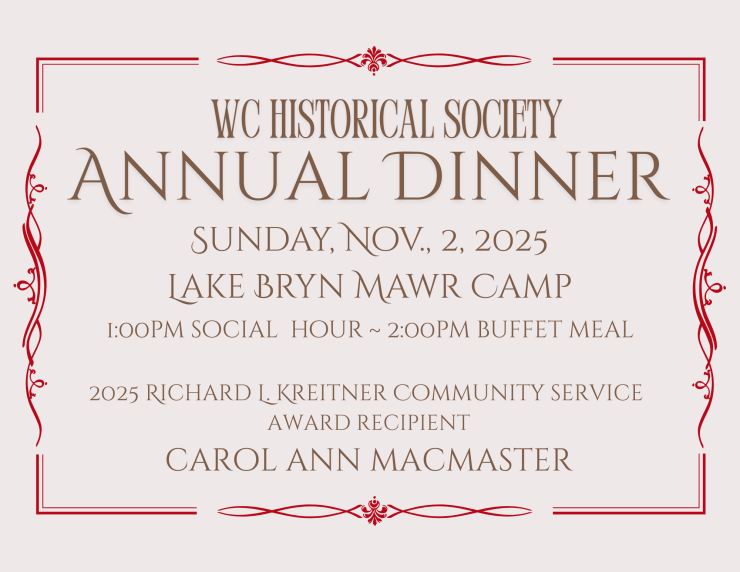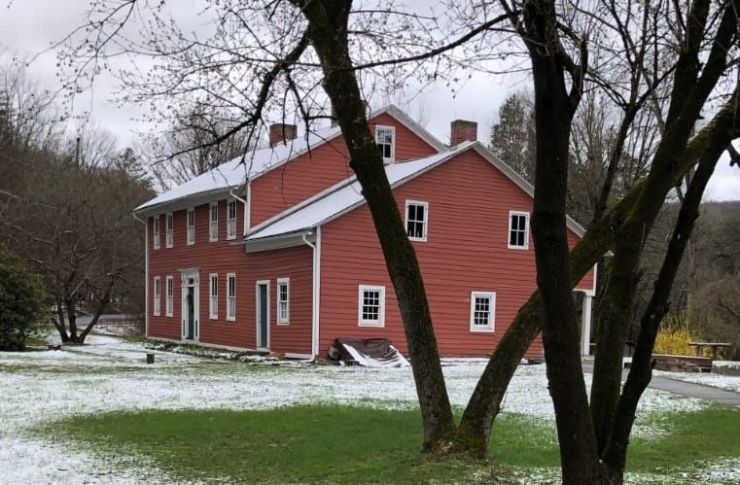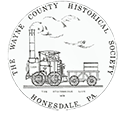Preston Township
Preston Township was established on April 28, 1828 from portions of Mount Pleasant and Scott townships. It is the third largest township in size, Damascus being the largest, and noted for its number of lakes and ponds. The township was named after Judge Samuel Preston, the first settler in Buckingham Township and Wayne County’s first associate judge.
Among the earliest settlers in Preston Township were Peter and Ezra Spencer who came from Connecticut about 1812. Gideon Woodmansee, a Revolutionary War veteran, and his sons James and Thomas, natives of Massachusetts, settled on the Stockport Road about 1816. Connecticut native Rufus Geer arrived in Preston in the same year and settled along the Twin Lakes.
John and William, sons of John Starbird, Sr., a Revolutionary War veteran from Maine, came to Preston in 1817 and John built a saw mill on Shehawken Creek in 1824. David Wooley of New York City, accompanied by a number of others, settled in the part of the township that became Little York about 1817. Christopher Palmer Tallman, son of Elihu Tallman of Massachusetts, bought a large tract of land, cleared a farm and built a saw mill in 1824. This settlement became known as the village of Tallmansville.
It is not known exactly when John Stephens, an Englishman, settled in Preston Township but on the 1829 tax assessments he is listed as owning two hundred twenty-five acres of land. He was one of the first to keep a public house in the township. His license was granted in 1830 and he kept a tavern as long as he lived.
The first post office in Preston Township was established at Tallmansville in 1830 with Elihu Tallman as postmaster. By 1838 the Preston Post Office was established and Daniel Underwood served as postmaster. There were no schools between Mount Pleasant and S Hancock, New York in the early history of the township. As more settlements were established an attempt was made by residents to gather a sufficient number of children at one place to hold a school with teachers hired at private expense. Two of these teachers were Truman Wheeler and a Miss Mary Wheeler, who is presumed to be his sister.
In 1824 Miss Sarah Jane Stoddard was hired by Elihu Tallman to teach four, and sometimes five, children in an old log house on his property. Miss Stoddard’s school lasted for three months and the following year the same pupils were taught by Miss Sally Kennedy. Miss Miranda Chittenden and a Mr. Hines followed. Each of these teachers was paid seventy-five cents a week with board. They boarded at the homes of the parents of the students on a rotating basis so the board portion of the teacher’s salary was shared equally among the parents. According to an account by Christopher Palmer Tallman, a schoolhouse was constructed in 1829 or 1830 on his property. Some neighbors contributed labor and some contributed materials and a sixteen by twenty foot building was erected. The first teacher was a Miss Watrous, an old and experienced teacher, who was paid one dollar a week, the larger salary being due to her “earnestness, patience and faculty for imparting knowledge.”
The Tallmansville Methodist Episcopal Church was organized in 1831 with David Wooley as leader. Religious services were held in the homes of the members of the congregation until 1866 when the church was constructed. The organization of the Hine’s Corners Methodist Episcopal Church took place in 1849 with D. M. Benedict as leader followed by the establishment of the Stanton Hill Methodist Episcopal Congregation about 1855 with H. P. Stanton as the first leader and the Lake Como Methodist Episcopal in 1863. The Preston Centre Baptist Church was organized by members of the Baptist Church in Scott Township who lived a considerable distance from the Scott Township Church. This new church was dedicated on January 22, 1885.
The village of Lake Como began with the construction of a tannery by Leonard H. Allison, John Davidge, Horace H. Crary and Lucien Horton of Hancock, New York in 1859. They had purchased about eight hundred acres from Daniel Underwood for about $4,500. Mr. Allison had recently returned from a trip to Italy and, in remembrance of his visit to Lake Como, gave the name to this new village and nearby lake, formerly known as Six Mile Pond.
The abundance of lakes in the township provided the source for a thriving ice harvesting industry in the township with large commercial ice houses located throughout the area in the 19th century. Today these same lakes attract fishermen, tourists and summer residents to this scenic and historic part of northern Wayne County.
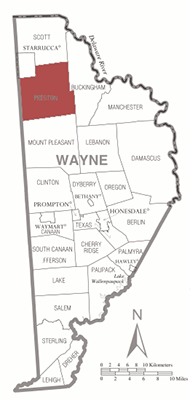
Navigation
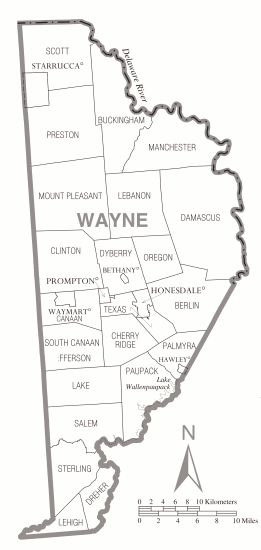
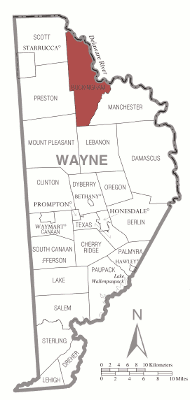
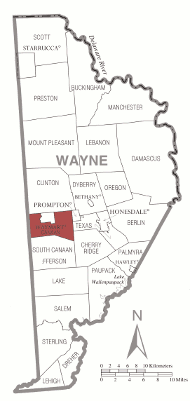
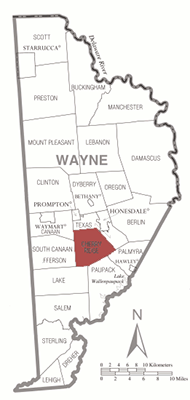
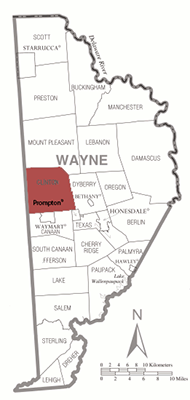
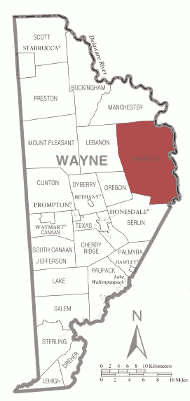
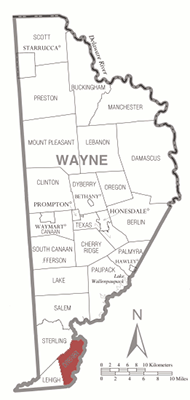
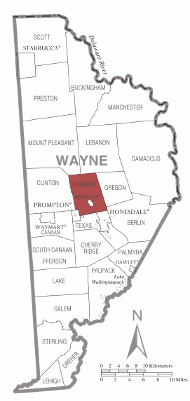
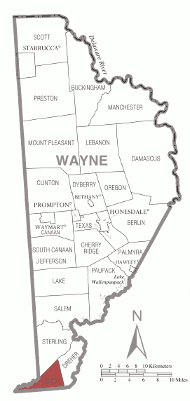

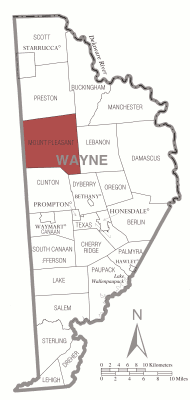
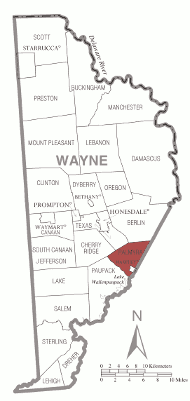



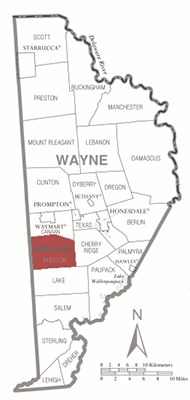
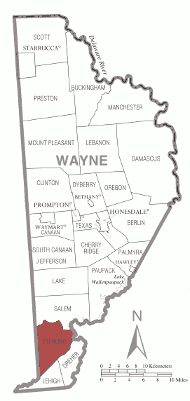
News and Events
